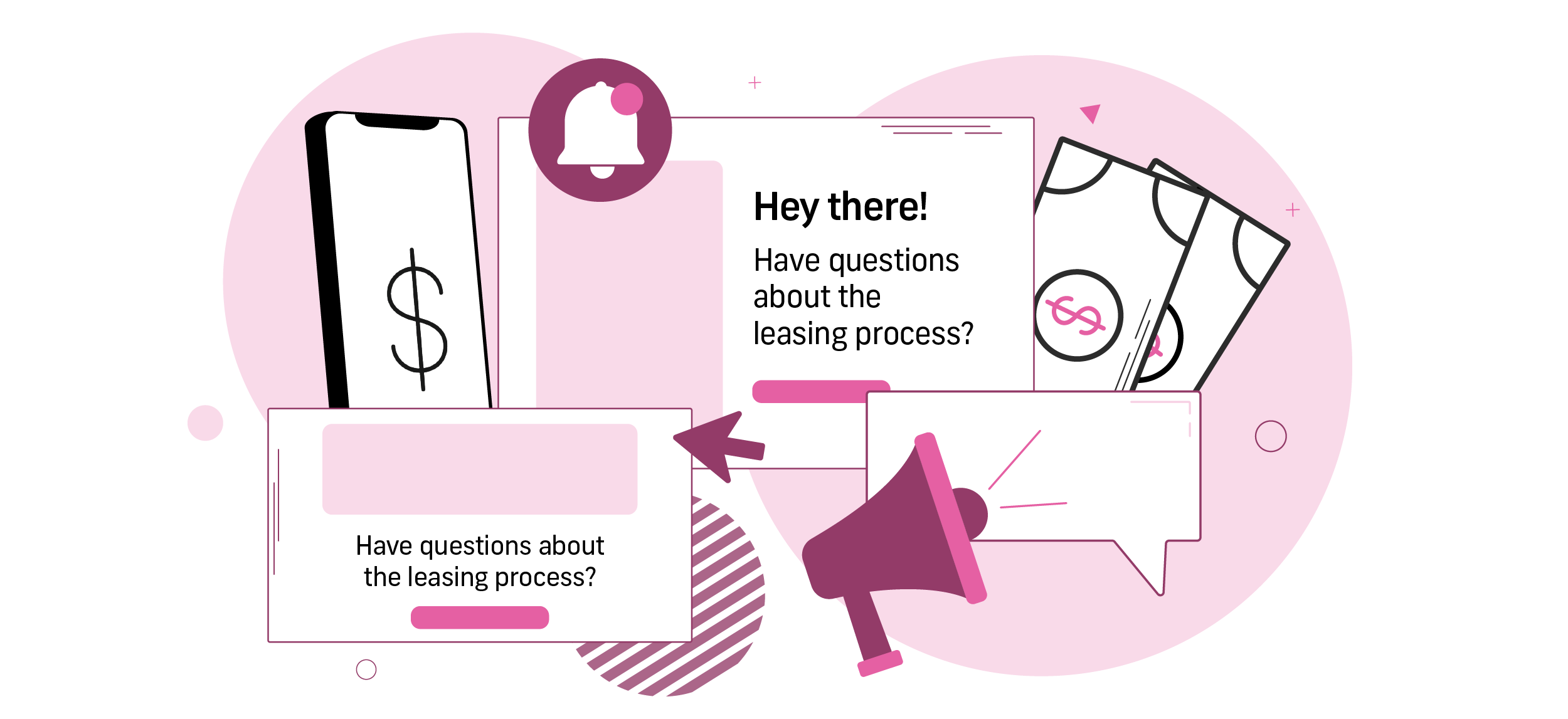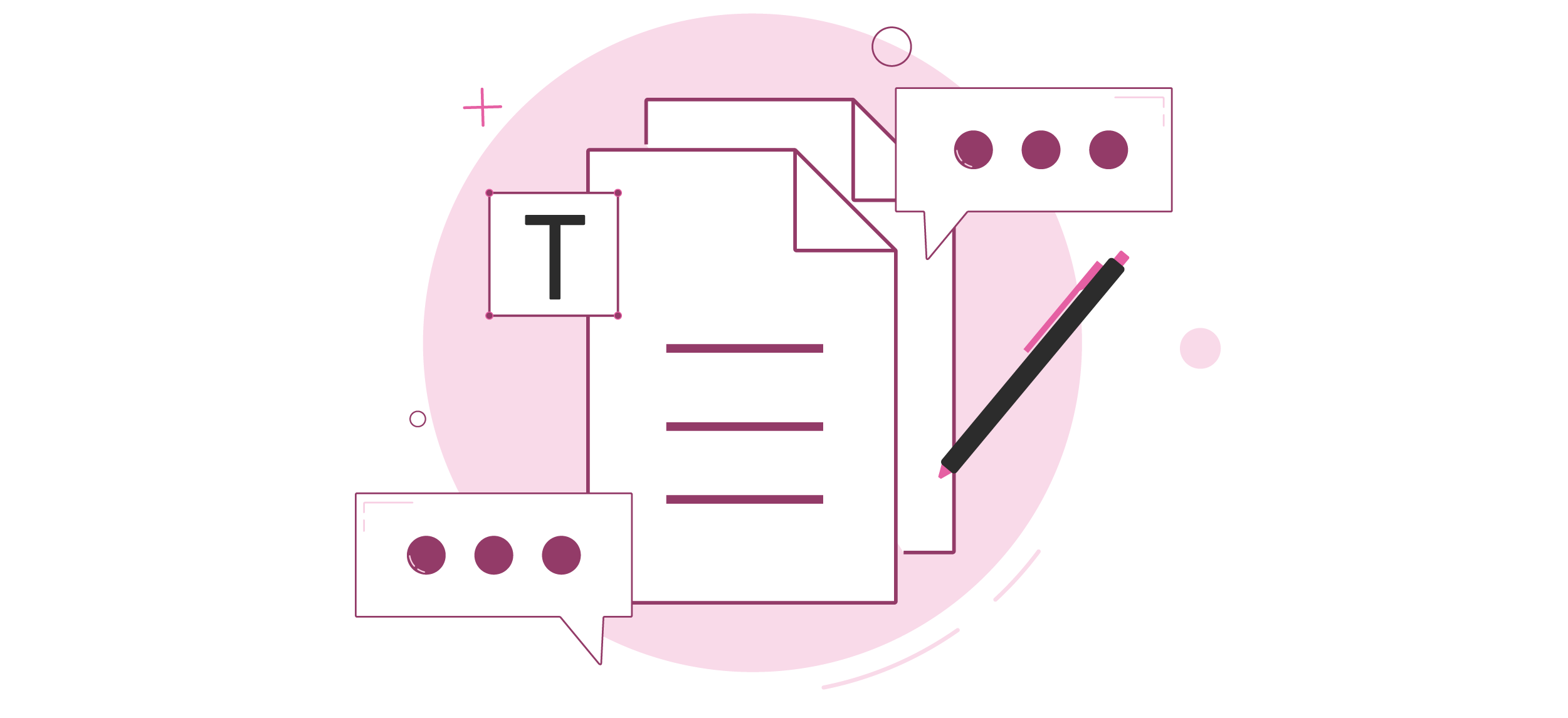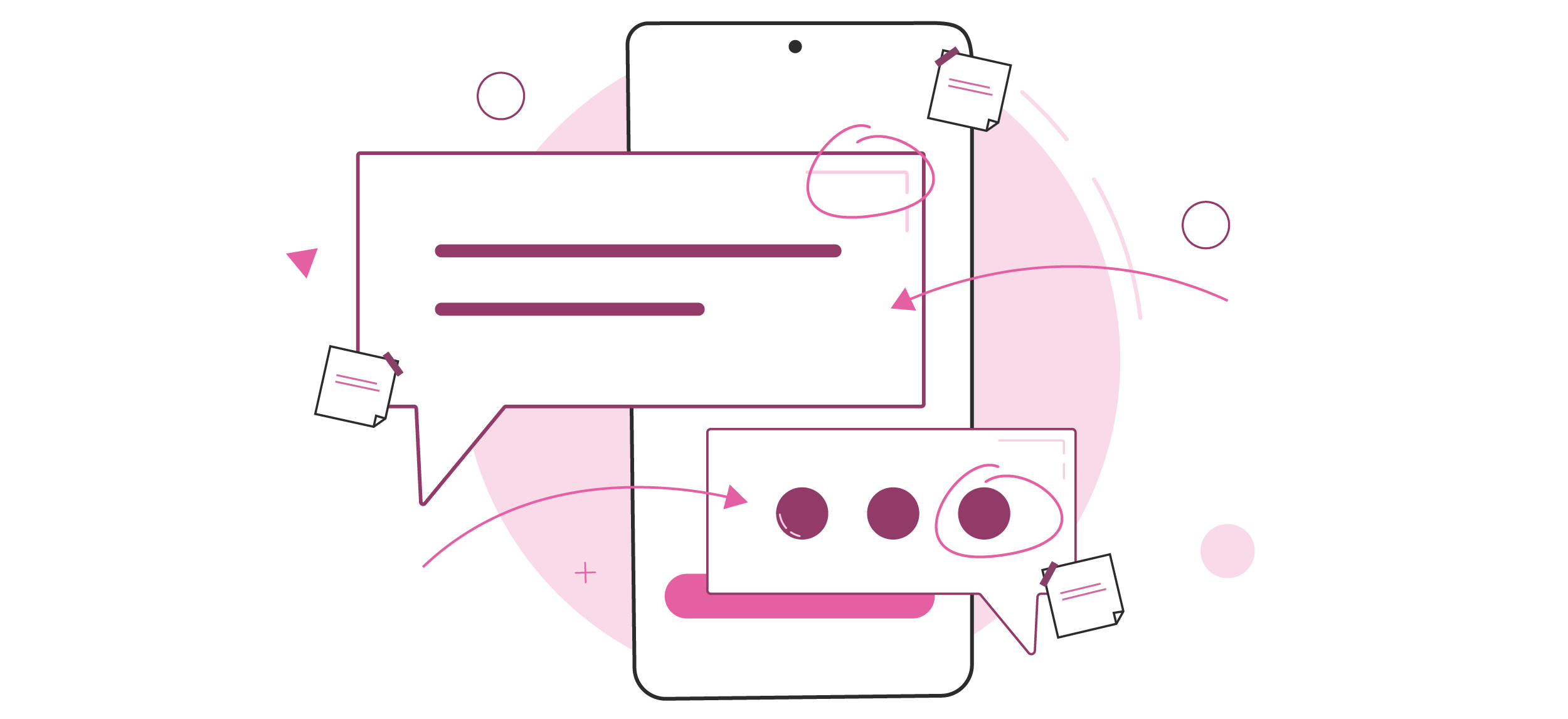In the dynamic multifamily landscape of digital advertising, where staying ahead is as crucial as standing out, marketers constantly strive for innovative strategies that optimize costs while enhancing impact. A strategy gaining traction is integrating conversation design into AI-powered chatbots. In this comprehensive exploration, we will delve into conversational design principles and practices, analyze the impact of keyword strategies, and unravel the pivotal role copywriting plays in capitalizing on digital advertising costs.
Exploring Conversational Design and its Impact on Advertising Costs
Understanding Conversational Design
Conversational design is more than just a buzzword; it’s a fundamental shift in how we engage renters within digital leasing workflows. At its essence, conversational design is about crafting user experiences with intuitive conversation flows. By mapping out conversational paths a renter might take, marketers can guide users seamlessly through online interactions, driving renter engagement and satisfaction. In other words, conversation design is marketing’s next generation of copywriting.
The importance of conversational flows cannot be overstated. In a world where prospective renters’ attention spans are fleeting, a well-designed conversation can make the difference between a bounce and a conversion. Navigating users through thoughtful interactions, such as answering FAQs or scheduling a tour, ensures a smooth and satisfying experience. These content-rich chatbot services prompt renters to stay engaged through lease singing.
Keyword Strategy and its Role in Conversation Design
A keyword strategy is indispensable to conversation design. Keywords are not merely text strings but gateways to understanding user intent. In multifamily, a user’s intent is the information a renter intends to find or the action they plan to take when interacting with a chatbot. Understanding your audience’s desires, pain points and intents has always been foundational to a marketer’s success. Incorporating keywords into your chatbot’s conversation design allows you to capitalize on your understanding of your audience, providing a personalized and relevant experience.
Understanding the nuances of intent and domains is key to successfully marrying keyword strategy and conversational design in multifamily chatbots. By aligning content with user intent, marketers can craft conversations that are not just relevant but also persuasive. This alignment significantly enhances the chances of turning a casual website visitor into a renter.
Copywriting’s Influence on Digital Advertising Costs
At the heart of any compelling digital campaign lies the art of copywriting. Beyond visuals and graphics, the written word can evoke emotions, convey messages and drive actions. Understanding the basics of advertising copywriting is essential for any marketer looking to optimize their digital advertising costs.
Fundamental principles such as knowing the audience, clear communication, conciseness, and establishing a consistent tone of voice form the backbone of advertising copywriting. These principles ensure the message is effectively communicated and resonates with the target audience. A well-crafted copy can turn a casual observer into an engaged participant, significantly impacting the overall success of a campaign.
What is the Difference Between Copywriting and Advertising?
To truly grasp the impact of copywriting on digital advertising costs, it’s crucial to distinguish between the roles of copywriting and advertising. While copywriting focuses on creating compelling textual material, advertising takes a more holistic approach, devising and executing campaigns across various channels, such as chatbots.
Copywriting crafts persuasive narratives, pivotal in shaping a campaign’s messaging. It sets the tone, establishes the brand voice, and communicates the unique value proposition. Conversely, advertising involves strategic execution across diverse platforms, ensuring the carefully crafted copy reaches the right audience through the most effective channels. Copywriting is only effective if implemented into the proper advertising channels, while advertising, regardless of channel, is only effective if the copywriting is strong.
Leveraging Conversational Insights for Cost-Efficient Marketing
Harnessing Conversational Insights
Harnessing conversational insights is a game-changer in the quest for cost-efficient apartment marketing. Beyond the traditional reliance on keywords, conversational insights delve deeper into user interactions, providing a wealth of data beyond surface-level metrics. Understanding how prospective renters engage with content, their paths, and the elements that capture their attention allows marketers to fine-tune their strategies precisely.
Let’s look at an example of a conversational insight and apply it to your chatbot’s conversational design. For instance, you notice prospective renters who engage with your chatbot ask about amenities before scheduling a tour. However, tours are scheduled at a higher rate when the chatbot responds with images of the amenities instead of just a written response. How should you automate this workflow to drive a higher tour conversion rate? You should update the conversation design to reflect the insight you discovered. Ensure all chatbot responses about amenities include an image.
Another example is that users interact with your neighborhood map and submit guest cards frequently but drop off during the tour scheduling workflow. Again, this is an opportunity to bolster your conversation design. Make the tour workflow easier by designing a new one with fewer clicks while updating the copy in the chatbot response to better guide users.
By going beyond keywords and understanding the intricacies of conversational interactions, marketers can extract valuable data that inform content creation, user experience enhancements, and overall strategy adjustments. This data-driven approach ensures that every aspect of the campaign is optimized for maximum impact, thus reducing the cost per conversion.
Eliminating Guesswork with Conversational Insights
One of the most significant advantages of conversational insights is their ability to eliminate guesswork. In the fast-paced world of digital marketing, where trends evolve rapidly, real-time feedback becomes invaluable. Conversational insights provide a window into user behavior, allowing marketers to make iterative improvements on the fly.
Personalization and targeting, often touted as the holy grail of modern marketing, become more achievable with the insights derived from user interactions. Understanding what resonates with specific renter audience segments allows for tailor-made campaigns that reduce costs by eliminating wasteful spending and enhancing overall effectiveness.
 Addressing Digital Advertising Costs in Today’s Landscape
Addressing Digital Advertising Costs in Today’s Landscape
Is Digital Advertising Getting More Expensive?
As we navigate the ever-evolving digital advertising terrain in the multifamily landscape, the question of whether ad spend is getting more expensive looms. A closer examination of trends reveals a nuanced picture. While the digital advertising space has undoubtedly become more competitive, with more apartments vying for the attention of a finite audience, it’s essential to understand the factors contributing to the rising costs to achieve low-cost advertising.
Factors such as increased competition, evolving algorithms, and shifts in user behavior all play a role in the escalating costs of digital advertising. Staying informed about these trends is crucial for marketers looking to allocate budgets effectively and navigate the challenges of cost optimization in an increasingly competitive environment.
Strategies for Low-Cost Digital Advertising
Armed with the insights gained from conversational design, keyword strategies, and the art of copywriting, marketers can implement strategies for low-cost digital advertising without compromising on impact. Maximizing return on investment requires a strategic approach to chatbot conversation design that goes beyond mere budgeting.
Budget-friendly tactics to implement into chatbot conversational design include: strategic timing of campaigns, leveraging user intent for content, and optimizing for long-tail keywords to significantly reduce costs while maintaining or even enhancing effectiveness. Additionally, understanding the intricacies of chatbots as a platform allows marketers to allocate resources where they can yield a higher return on their web traffic.
In conclusion, the fusion of conversational design and copywriting presents a compelling avenue for marketers seeking to reduce digital advertising costs. Businesses can navigate the evolving digital marketing landscape with agility and efficiency by understanding the principles, leveraging keyword strategies, and harnessing conversational insights. In a world where every click comes at a cost, the savvy marketer armed with these strategies can achieve cost reduction and more impactful leasing workflows.


